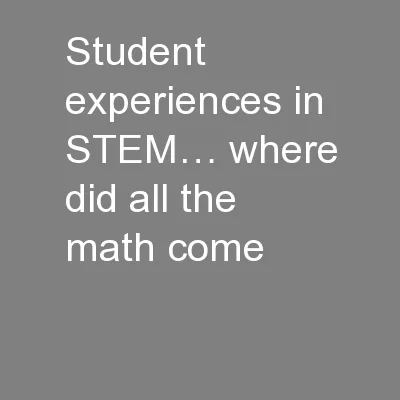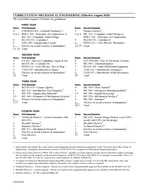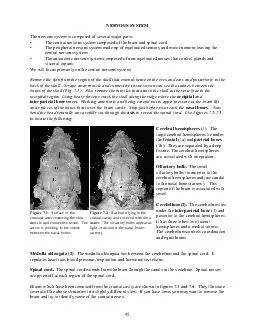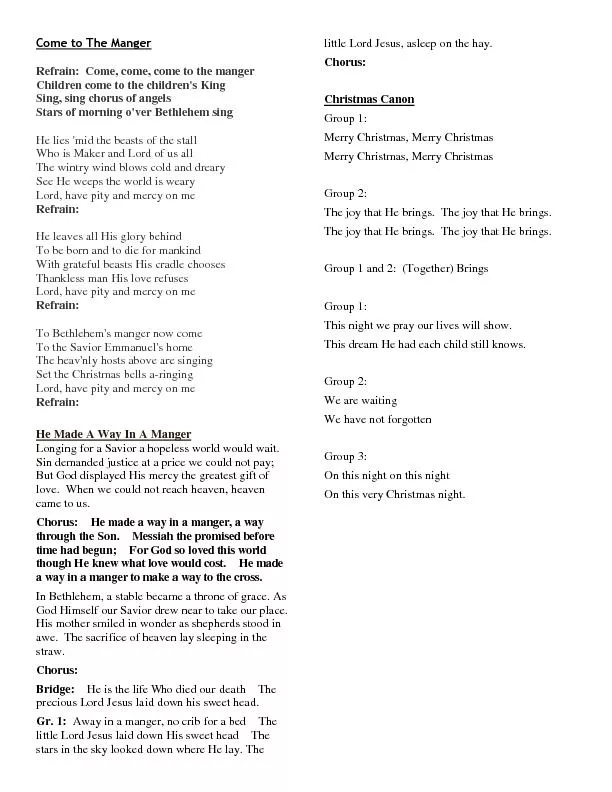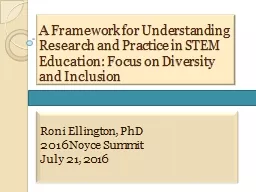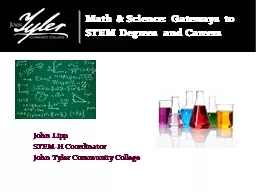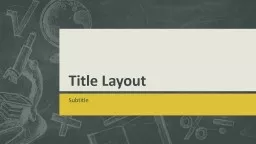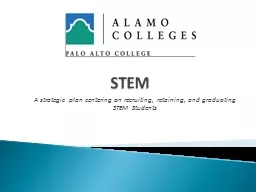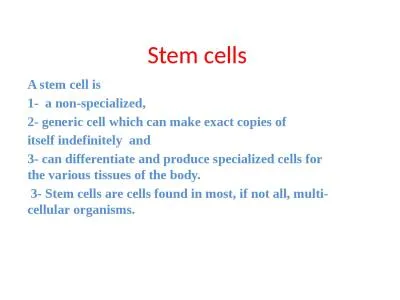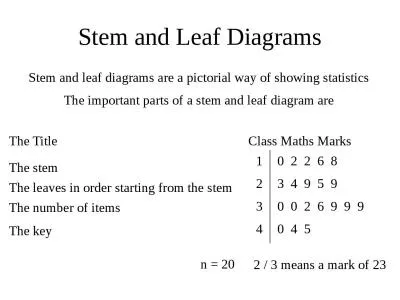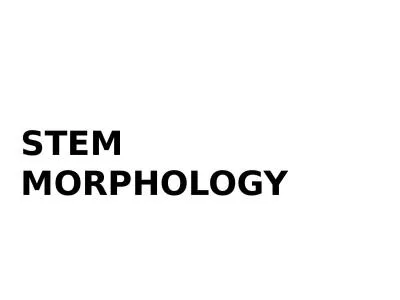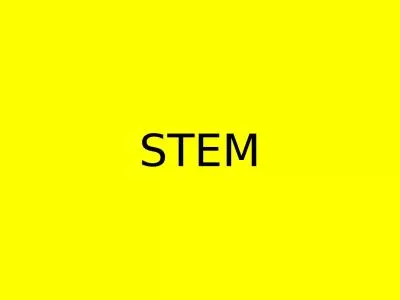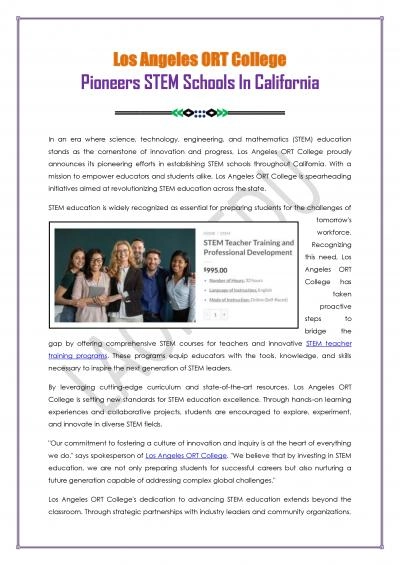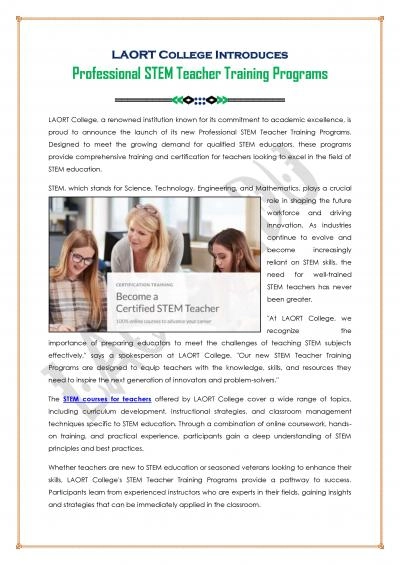PPT-Student experiences in STEM… where did all the math come
Author : pasty-toler | Published Date : 2016-08-09
James Y Li M Wald amp EA Draffan ECS Partners University of Southampton You and maths How maths confident are you Calculate Calculate 30 of 120 Calculate
Presentation Embed Code
Download Presentation
Download Presentation The PPT/PDF document "Student experiences in STEM… where did..." is the property of its rightful owner. Permission is granted to download and print the materials on this website for personal, non-commercial use only, and to display it on your personal computer provided you do not modify the materials and that you retain all copyright notices contained in the materials. By downloading content from our website, you accept the terms of this agreement.
Student experiences in STEM… where did all the math come: Transcript
Download Rules Of Document
"Student experiences in STEM… where did all the math come"The content belongs to its owner. You may download and print it for personal use, without modification, and keep all copyright notices. By downloading, you agree to these terms.
Related Documents

